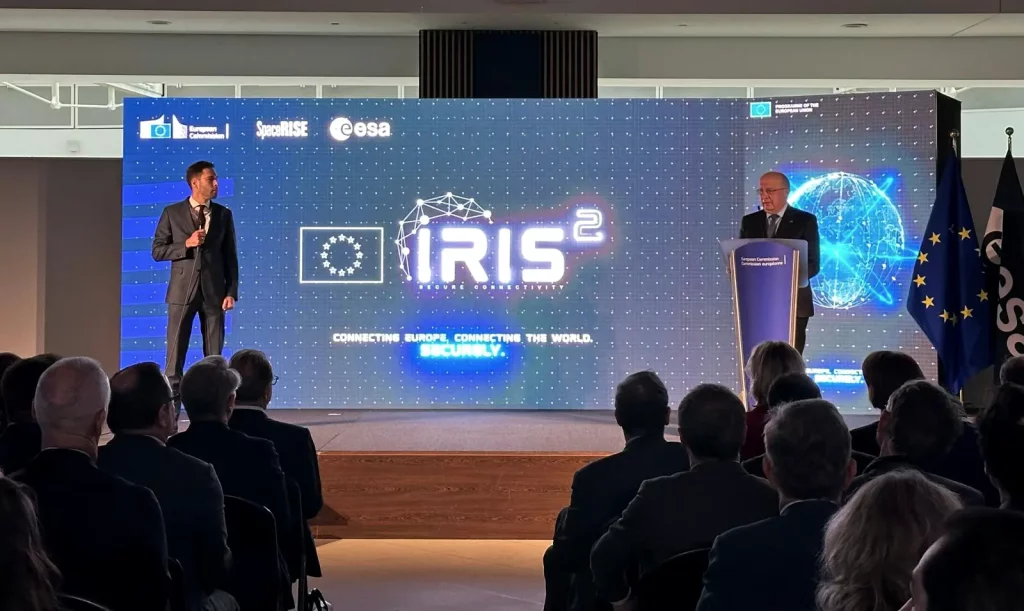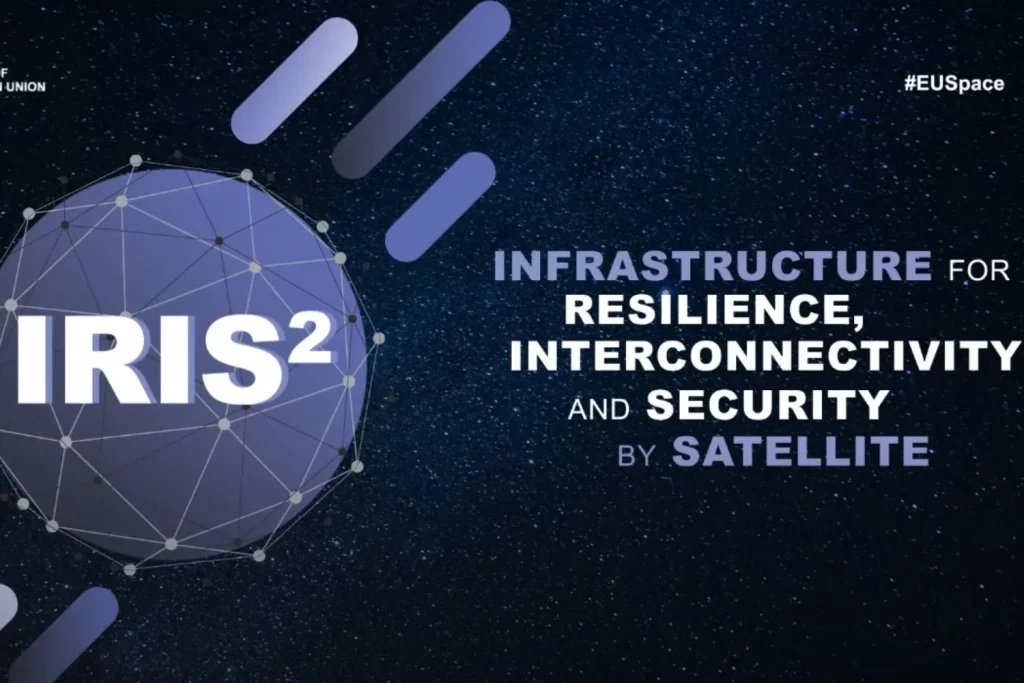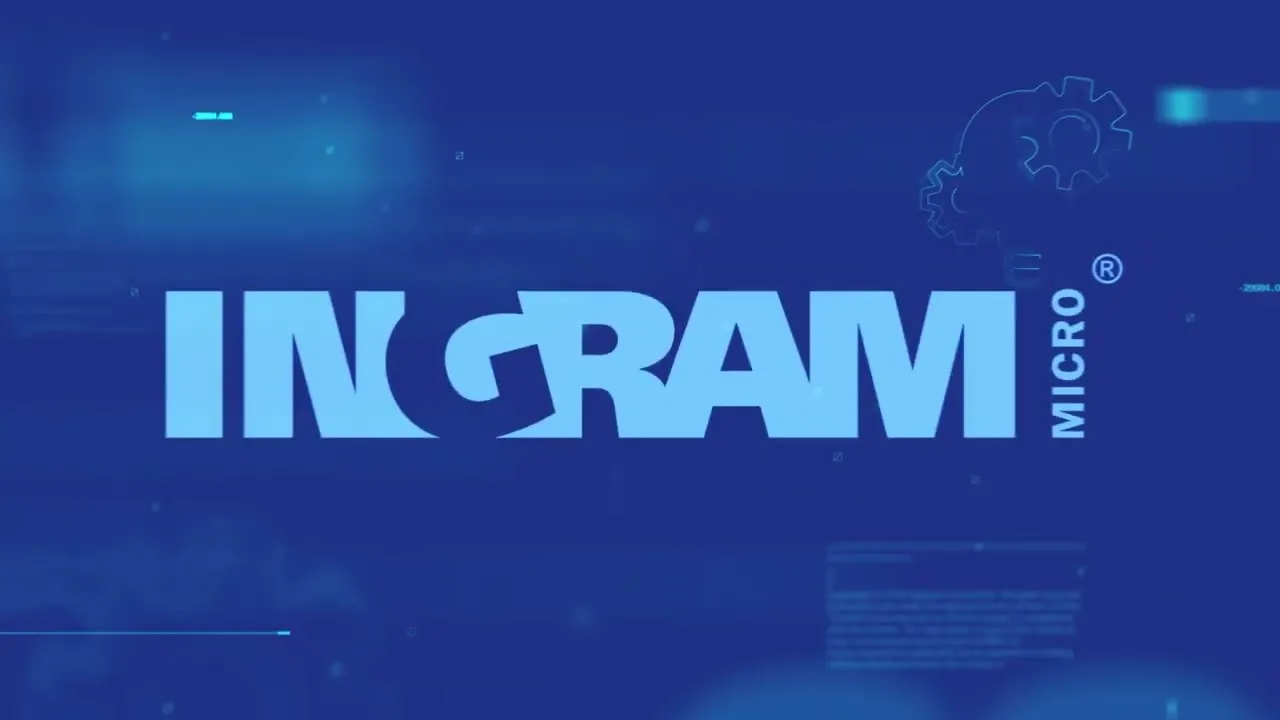Space exploration and satellite communications have made tremendous strides in recent decades, and in this scenario, Starlink, SpaceX's satellite network led by Elon Musk, has emerged as an undisputed leader. With a constellation of more than 7,000 satellites in low Earth orbit, Starlink has revolutionized internet access in remote regions, bringing high-speed connectivity to places where traditional methods cannot reach.
However, this technological advance has not been without controversy. Starlink's, satellites, being in low orbit, have generated a massive amount of space debris and caused interference with astronomical observations, raising global concerns.
In response to these challenges, the European Union (EU) has decided to take action to ensure its technological autonomy and the digital sovereignty of its member states by launching a parallel project known as IRIS². This project, named IRIS², with an estimated investment of €10.6 billion, aims to build a satellite network that provides secure and efficient connectivity across the continent.
Although it will be another decade before its full implementation, IRIS² represents a strategic alternative to Starlink, and promises to address both connectivity gaps and the environmental and technological challenges posed by current satellite constellations.

IRIS² will not only compete with Starlink in terms of coverage and capacity but will also seek to overcome some of the shortcomings demonstrated by other projects regarding space sustainability and sky preservation. Instead of following the model of thousands of low-orbit satellites, like SpaceX’s, the EU has opted for a more efficient solution for IRIS², relying on the interconnection of satellites distributed in both low and medium orbits.
This approach for IRIS² will not only reduce the environmental impact of the constellation but will also allow for more optimal coverage of the region without compromising signal security or quality. Below, the ITD Consulting team will delve into how IRIS² works, its goals, and how it is shaping up to be a relevant competitor to Starlink in the coming decade.
What is IRIS² and How Does it Work?
IRIS² (Infrastructure for Resilience, Interconnectivity, and Security by Satellite) is the European Union’s flagship project to provide satellite connectivity across the continent. The design of IRIS² aims to offer secure communication services for governments and public authorities, as well as provide high-speed internet to businesses and citizens, especially in areas where terrestrial telecommunications infrastructure is deficient or non-existent.
The ambition of the IRIS² project is not only to improve digital connectivity in Europe but also to offer a European alternative to foreign satellite networks, such as Starlink. What sets IRIS² apart from other projects, such as SpaceX's, is the structure of its satellite constellation.
While Starlink relies on a dense network of satellites in low Earth orbit (LEO), IRIS² has opted for a more optimized configuration, using a combination of satellites in low and medium orbits. According to the plans, IRIS² will have a total of 290 satellites, 264 of which will be in low orbit and 18 in medium orbit.
This configuration of IRIS² will allow the network to provide efficient coverage without the need to cover the entire low Earth orbit space, as Starlink does. In this way, the satellites in medium orbit will ensure fast and secure interconnection with IRIS², enabling high-speed data transmission without signal loss.
This approach, less aggressive in terms of the number of satellites and more strategic in terms of their placement, allows IRIS² to compete with Starlink more efficiently and less invasively. The choice to distribute the satellites at different altitudes also provides greater resilience for the IRIS² system, as the interconnection between satellites placed in different orbits optimizes coverage without generating the congestion of space debris associated with denser constellations.
The Two-Orbit Satellite Strategy: The Key to IRIS²'s Success
One of the most innovative aspects of IRIS² is its strategic approach to satellite distribution. Instead of launching thousands of satellites into low orbit, as Starlink does, the European Union has opted for a less costly and less invasive solution for IRIS². The satellites of IRIS² will be distributed across two types of orbits: low Earth orbit (LEO) and medium Earth orbit (MEO).
1. Low Earth Orbit (LEO)
Satellites in low Earth orbit (LEO) will be positioned at altitudes ranging from 160 to 2,000 km above Earth. This orbit is the most commonly used for satellite constellations providing high-speed internet, as it reduces the latency of the connection. Latency refers to the time delay experienced in communications, which is minimized when satellites are closer to the Earth's surface. Additionally, LEO satellites are ideal for covering broader areas, providing real-time connectivity without significant interruptions in the signal.
2. Medium Earth Orbit (MEO)
As for the satellites in medium Earth orbit (MEO), these will be placed at altitudes ranging from 2,000 to 36,000 km. The advantage of these satellites is that they provide greater coverage capacity without generating the same amount of space debris as satellites in low orbit.
With a greater distance, MEO satellites can cover a wider area more efficiently, allowing for interconnection between different parts of the IRIS² satellite network. The combination of satellites in both orbits not only optimizes the performance of the network but also reduces the environmental impact associated with the launch of satellites.
This approach will allow IRIS² to provide stable, high-quality coverage across all of Europe without relying on thousands of satellites, thereby avoiding the saturation of orbital space and minimizing interference with astronomical observations. This resource optimization makes IRIS² a much more sustainable solution than the Starlink model.
A Project Backed by Major European Players
IRIS² is a collaborative effort driven by a public-private partnership between various European government agencies and private aerospace and telecommunications companies. The European Commission has committed €6 billion to fund the IRIS² project, while the European Space Agency (ESA) will contribute an additional €550 million.
The remaining funds for IRIS² will come from private companies involved in the SpaceRISE consortium, which consists of some of the leading European companies in the aerospace sector, including Eutelsat, Hispasat, SES, Airbus Defence and Space, and Deutsche Telekom.

This financing model is crucial to ensure the long-term economic viability of IRIS². By combining public funds with private investments, the IRIS² project is in a strong position to be developed and managed over the next 12 years, ensuring that the satellite infrastructure remains operational and is updated over time.
The involvement of these major companies not only guarantees the technical quality of the IRIS² project but also provides the expertise necessary to carry out such an operation on an international scale.
The collaboration with aerospace and telecommunications companies will also allow IRIS² to seamlessly integrate with other European space systems, such as Galileo, the satellite navigation system, and Copernicus, the Earth observation system. In this way, IRIS² will not only offer high-speed connectivity but will also contribute to enhancing Europe's technological infrastructure, particularly in the areas of security and defense.
The Impact of IRIS² on Europe's Technological Sovereignty
IRIS² represents a strong commitment by the European Union to increase its technological autonomy and reduce its dependence on external actors, especially in an increasingly complex geopolitical context. The crisis in Ukraine has highlighted the strategic importance of having independent communication infrastructures, and Starlink has demonstrated the risks of relying on commercial satellite service providers.
While Starlink has played a crucial role in the war in Ukraine, it has also raised concerns about control over the infrastructure and the risks associated with depending on foreign companies for strategic communications.
With IRIS², the European Union aims to strengthen its digital sovereignty and ensure secure and resilient communications for both governments and European citizens. The technological autonomy provided by this satellite constellation is key at a time when control over critical infrastructure has become a national security issue.
In this regard, IRIS² can also act as a catalyst for the development of other space and telecommunications technologies within the EU, consolidating Europe as a key player in the global competition for outer space.
The Services That IRIS² Will Offer
IRIS² aims not only to provide high-speed internet but also to enhance connectivity and security in several key areas. The main services that the IRIS² project will offer include:
1. Secure Connectivity for Governments and Authorities
The IRIS² satellites will enable European governments and agencies to communicate securely and quickly, which is crucial during emergencies, natural disasters, or geopolitical crises. In such situations, terrestrial telecommunications infrastructures may be compromised, but with satellite connectivity, emergency services and authorities will be able to stay in contact and coordinate their efforts reliably.
2. High-Speed Internet for Businesses and Citizens
One of the primary objectives of IRIS² is to improve internet access in rural or remote areas of Europe where terrestrial services are limited or nonexistent. With reliable, high-speed connections, IRIS² will help bridge the digital divide, allowing citizens and businesses to access the opportunities offered by the digital society. This service will be particularly relevant for rural or developing areas, where the cost of traditional infrastructure is prohibitively high.
Competition with Starlink and the Future of the Satellite Market
As satellite constellations expand, competition in the satellite internet market is intensifying. Starlink is currently the leader with its network of more than 7,000 satellites in low Earth orbit, but service quality, environmental impact, and concerns about space congestion are beginning to spark debate.
Although IRIS² will not have the same global coverage as Starlink, its architecture of interconnected satellites and its more sustainable approach place it in a competitive position within the European market. The implementation of IRIS² could not only offer a viable connectivity option for Europe but also set a new standard for global satellite constellations.
The Future of IRIS² and Competition in the Satellite Space
The future of IRIS² depends not only on its ability to provide reliable and secure connectivity across Europe but also on its capacity to compete with Starlink in terms of efficiency, cost, and sustainability. While IRIS² does not have the same number of satellites as Starlink, its more optimized model could allow it to deliver high-quality coverage with a lower environmental impact.
This could make it a more attractive alternative for Europeans seeking high-speed internet and secure communication services without compromising the preservation of outer space.
In this regard, IRIS² has the potential to transform not only the satellite communication landscape in Europe but also to set a precedent for future space projects. By promoting greater international cooperation, IRIS² could serve as a model for other space programs aiming to balance advanced technology with sustainability.
As the world continues to explore outer space, it will be interesting to see how projects like IRIS² impact the global dynamics of satellite communications and long-term space governance.

IRIS² is set to be a cornerstone of Europe's digital infrastructure, providing a strategic response to the growing dependence on private satellites like Starlink. With its focus on sustainability and digital sovereignty, the IRIS² project not only enhances the region's connectivity but also establishes a more responsible model for the use of outer space.
With significant investment and the backing of key public and private sector players, IRIS² is well-positioned to be a major competitor to Starlink, even if it does not have the same global reach. The importance of IRIS² lies in the fact that it will not only provide Internet to the most isolated regions of Europe, but it will also strengthen the continent's technological autonomy.
This could mark a paradigm shift in how European nations manage their digital infrastructures and how they engage with outer space. With the commitment of various countries and industry players, the project will be crucial in driving innovation and resilience in an increasingly interconnected digital environment.
As the world faces technological, geopolitical, and environmental challenges, space sovereignty will take on even greater importance. Projects like IRIS² represent a significant step toward a more autonomous, sustainable, and connected future, and its success could pave the way for future initiatives in satellite communications.
Ultimately, the competition between Starlink and IRIS² could define the next era of global communications, with Europe taking a more proactive role in managing outer space. If you want to learn more about IRIS² and how it's changing the landscape of European and global connectivity, write to us at [email protected]. We have the best technological solutions tailored to your needs.





